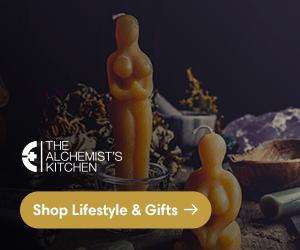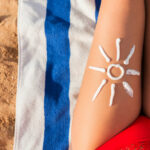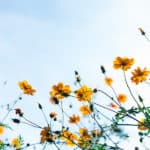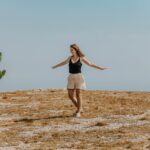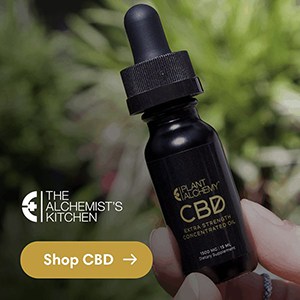When we speak of Nordic magic, we often find ourselves talking about the Vikings. I believe in focusing our interest entirely on the early Norse people, we lose sight of over 500 years of folk magic. Stories are passed around about the Germanic “Wild Hunt” and spectral men and women who might be inclined to take you away with them. Rarely in America are we exposed to the living traditions that were surely practiced widely over the last century and have impacted holiday traditions today.
The people of Scandinavia have an important relationship with Christmas Eve. It is evident that this has very little to do with Christiandom when one investigates what the Nordic people do around Yule. Rather than holy christianized rituals, we see offerings and traditions that highlight the animistic culture still quietly alive in Scandinavia.
Here are a few important folk magic traditions for anyone looking to practice the animistic traditions of the nordic regions this holiday season.
Såkaka
Såkaka, also known as skådebrode or seed cake, is a special kind of seed bread made in Sweden. Baked during the same time as all the other Yule treats, såkaka was a rare holiday treat that was absolutely forbidden to eat. This bread represented the entire culmination of the agricultural year, and the important reciprocal relationship between farming families and the land they lived on.
One might find såkaka placed on the center of the dining room table, all the way through Christmas Eve. The bakers of the house would pile other breads and treats atop it, but this heavy seeded bread was at the core. It would often be decorated with braids or figurines, or wrinkled with the end of a storage key to represent the storage house.
After all the other Christmas breads were eaten (and there were many), the såkaka would remain. What happened next may vary depending on place or family tradition. Most often the bread was crumbled and saved to be planted alongside the spring seeds. Many theorize that this practice has a connection to older fertility cults in Scandinavia, but there is no hard evidence. Others might reserve the bread to be eaten by the seed planters themselves. Either way, the intention was to give a piece back to the next year.
Årsgång
Årsgång, or the Years Walk, is a particularly special tradition to Sweden. The årsgång was a special divinatory walk one takes, particularly on Christmas Eve. The rules surrounding the walk are strict, and sometimes vary depending on region. After making this silent pilgrimage, a person was said to see the important events of the next year. The oldest attestation of the Year Walk can be found in Småländska Antiquiteter, produced between 1697-1700. In that text the custom is described as “old,” further driving home the longevity of the tradition.
In another account of årsgång, Petrus Gaslander, a vicar in Småland, Sweden, describes exactly how one might go about a Year Walk. It is said that if one goes out before first light on Christmas Eve into the forest – without speaking, looking back, eating, or drinking – far enough so that they could no longer hear the crow of the town rooster, they can walk back on the church roads and see all the important events of the next year.
Other writings about the year walk attest that it can be done on Midsummer’s Night Eve, Santa Lucia Day (December 13th), but most commonly we see it in reference to December 24th. There is something particular about that date that lends itself to the supernatural. In Thomas K. Johnson’s PhD tome, Tidebast och Vandelrot: Magical Representations in the Swedish Black Art Book Tradition, we find a few variations on this particular Christmas eve folklore translated from Swedish:
To see who is fey in a household. Go Christmas Eve when everyone is sitting all together and eating dinner and look through the window. The ones who are fey that year sit headless, but look out so they don’t notice.
“One of the things that I think is consistently interesting about Christmas time is the desire to tell ghost stories.” Notes Kari Tauring, Minnesotan nordic folk roots educator and performer. “Whether this came as a result of the wild hunt, the results of difficult and dangerous weather or the result of finishing off the month of slaughter – probably all of the above. Winter is a time of death so honoring that aspect is prudent!”
For more references to particular Trolldom accounts, I recommend Johannes Björn Gårdbäcks book, Trolldom – Spells and Methods of Norse Folk Magic Tradition.
What folk magic for Christmas Eve will you be practicing? Let us know in the comments below. And, for gift ideas this holiday season, check out our staff gift guide and our guide to intentional gifting!
Sources:
http://www.germanicmythology.com/original/wildhunt.html
Tidebast och Vandelrot: Magical Representations in the Swedish Black Art Book Tradition, Thomas K Johnson.
For more education, products, and ethical folk magic, visit Minta at needfirewellness.com

